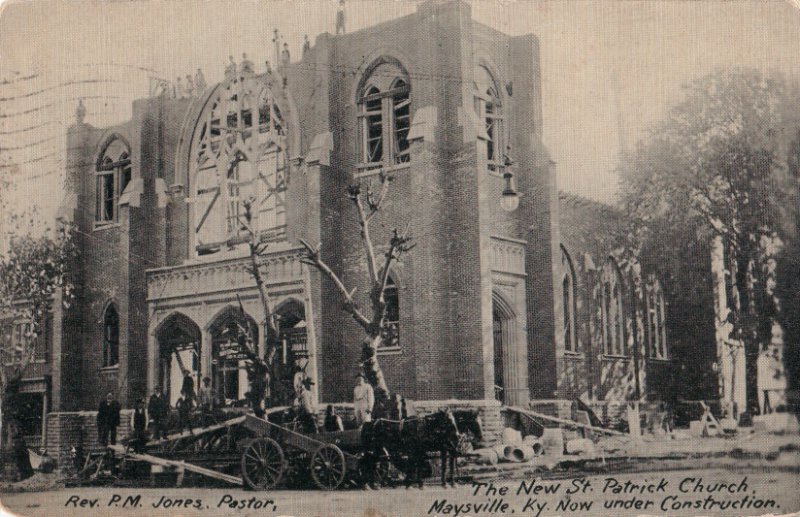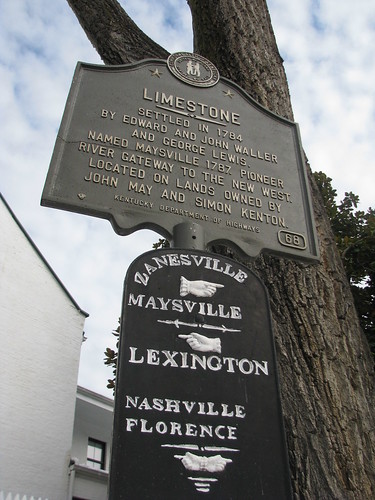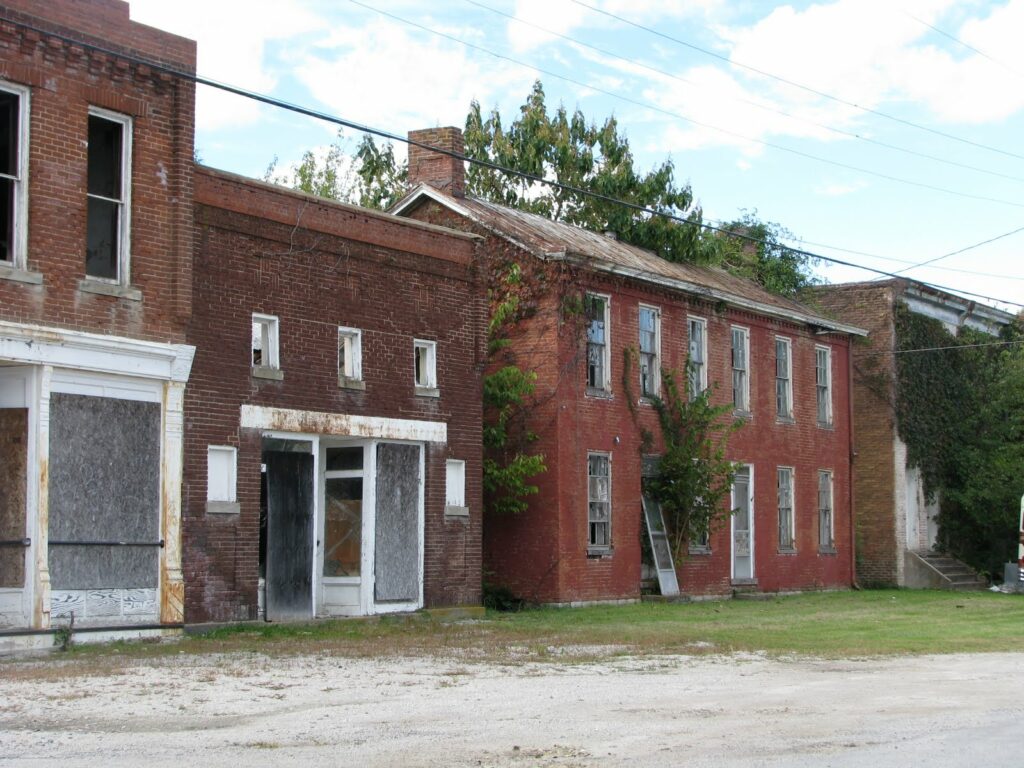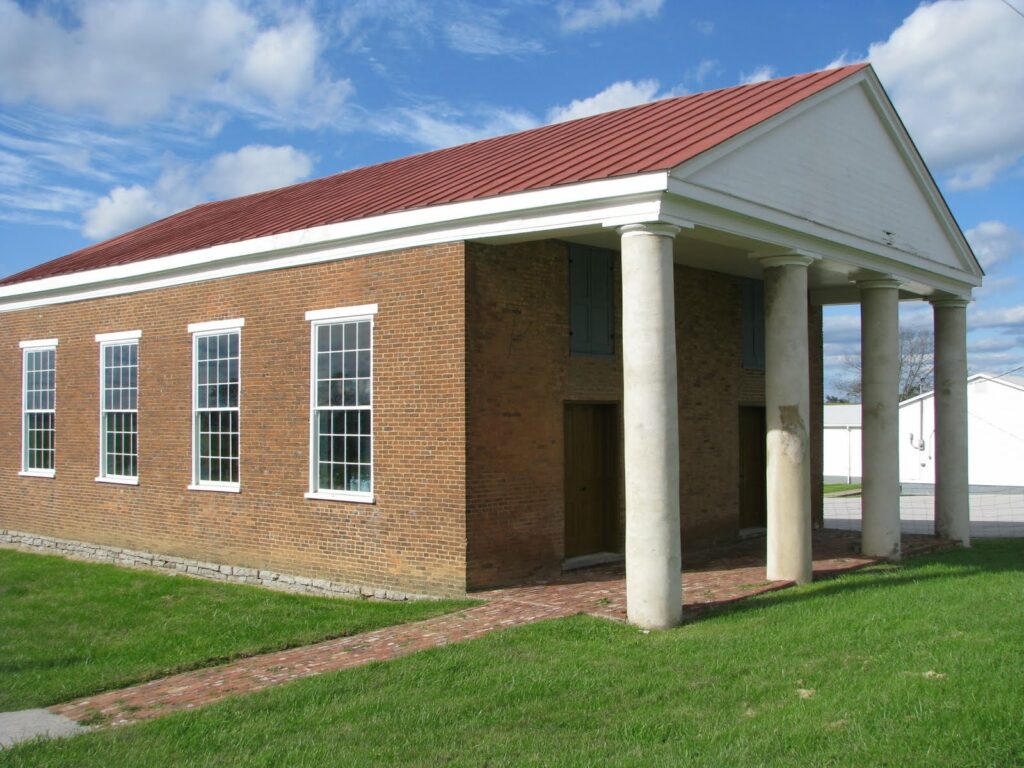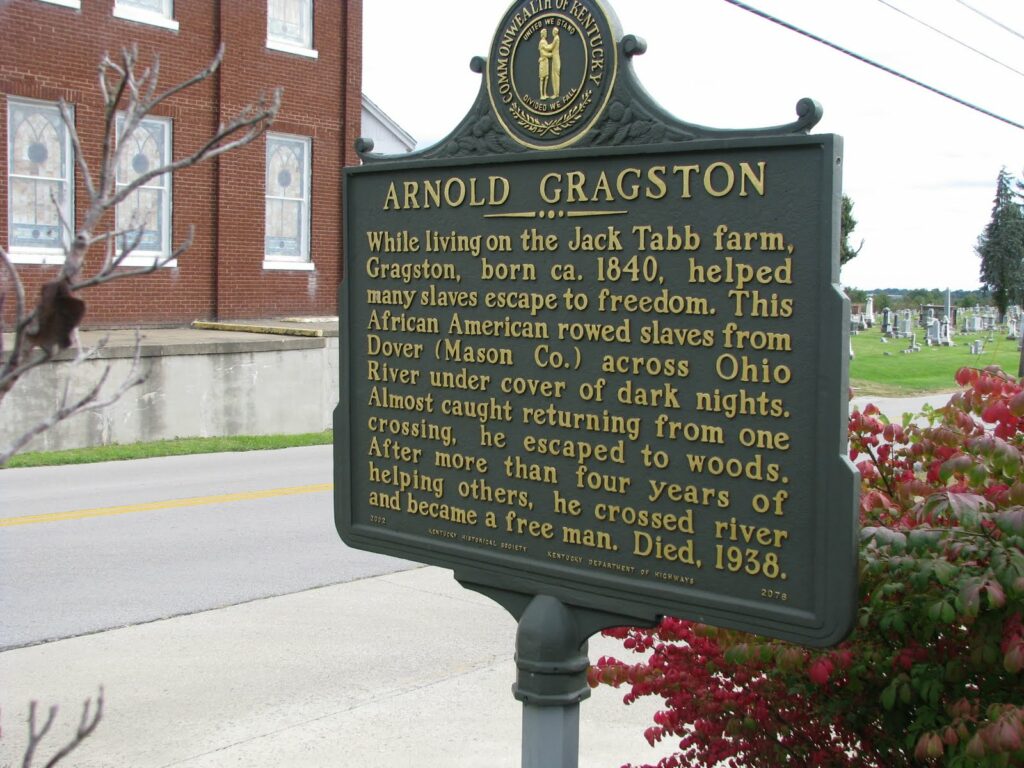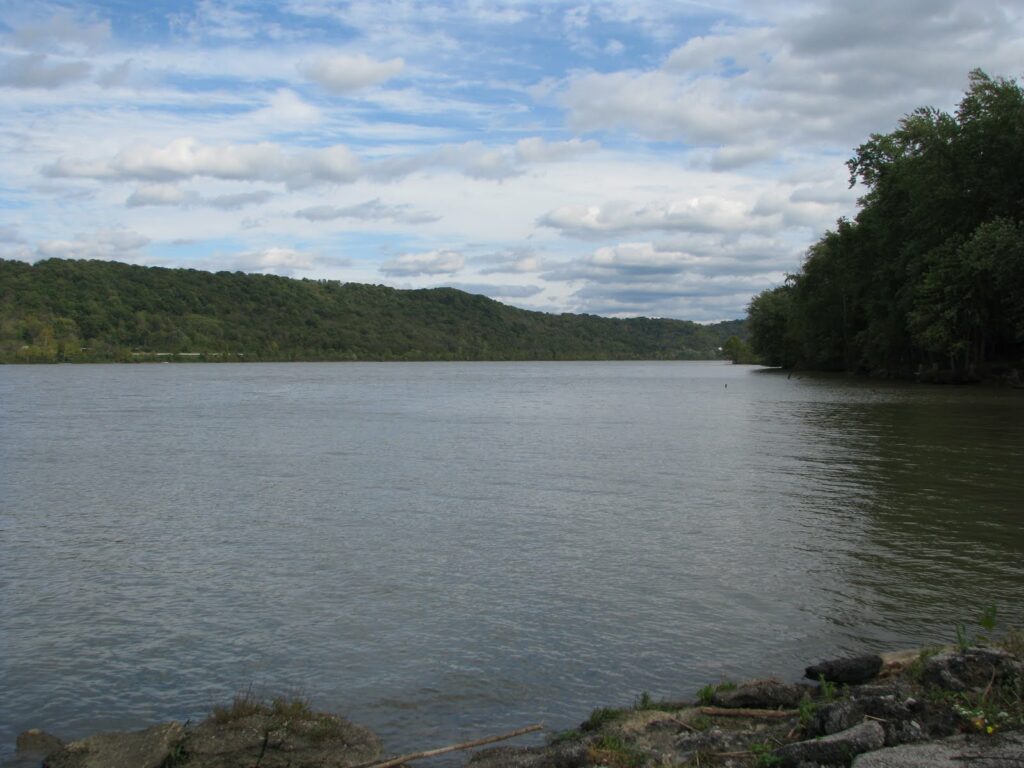 |
| St. Patrick Catholic Church; Maysville, Ky. |
One of the first buildings I noticed in Maysville was the Catholic church. An impressive contemporary interpretation of the Romanesque style, St. Patrick’s Parish includes many Gothic qualities in its brick and stone construction. [*] In April 1901, Fr. Patrick M. Jones became the parish priest and found the parish and its buildings in poor condition. The existing parish church was all-brick and had been erected in 1849.
Fr. Jones had been born in County Limerick, Ireland in 1853 and emigrated to the United States in 1875. Ordained in the Covington Diocese in 1877, he ultimately came to his pastorate in Maysville. He worked tirelessly to grow the parish and to improve its buildings. On June 26, 1910, the present church was dedicated. It seats 1,200. The considerable sum raised for the church’s construction was $100,000; the church was built (as well as a school, cemetery expansion and so much more) in a rather quick period of time. To note, all this was done with little debt:
[*] It is a great testimony as to how the St. Patrick’s Parish grew. As I’ve found with Catholic churches, St. Patrick’s was open on a typical day for prayer and reflection. The altar is beautiful; check out my other flickr photos.

